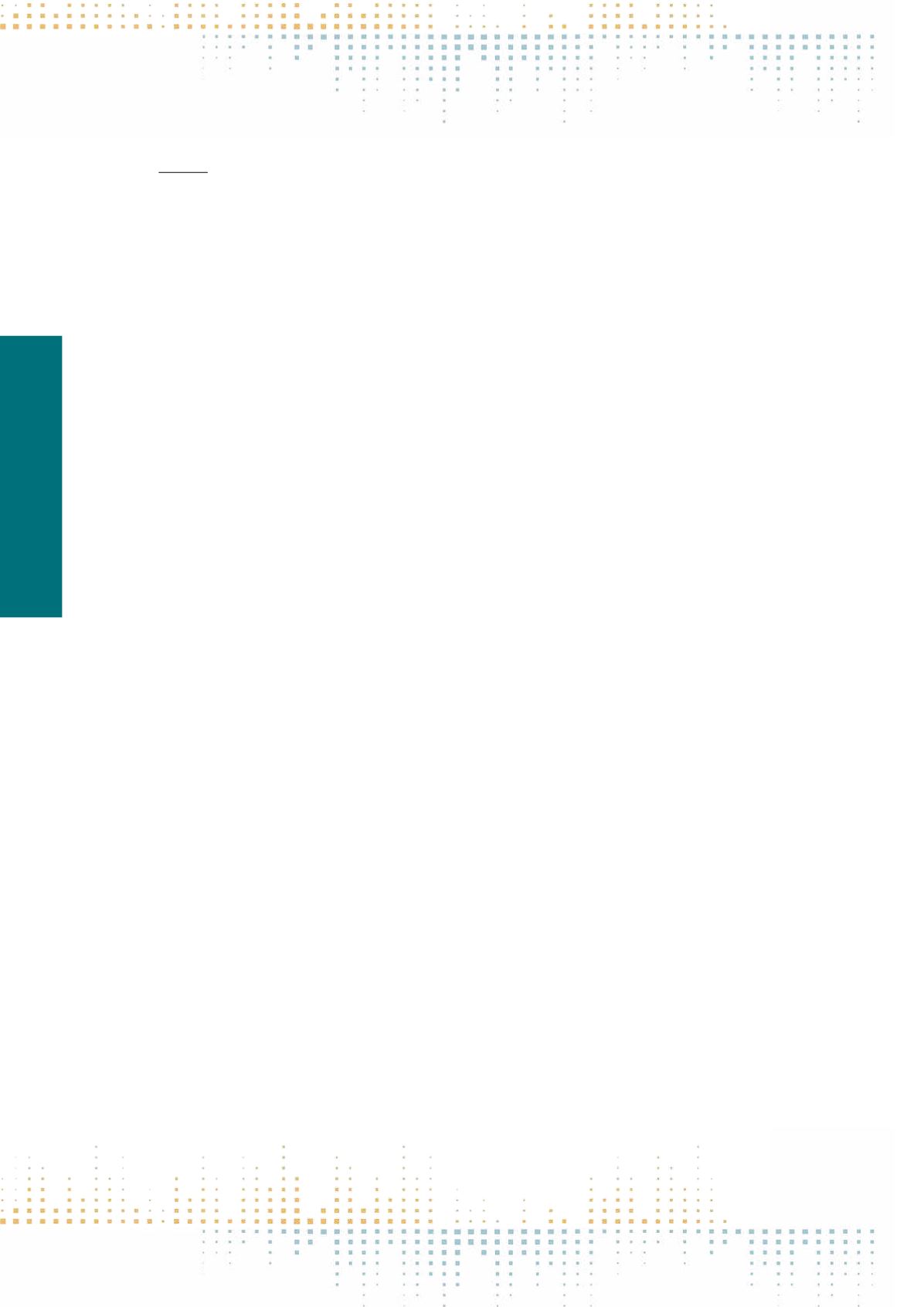

212
Thursday, November 10
1 4 : 3 0 – 1 6 : 0 0
PN 109
'Running with Agencies' – Shifts in Temporal and Spatial Experience by Using GPS-Tracking-Apps
K. Deckner
1
1
University of the Arts, communication and media sociology, Berlin, Germany
The experience of the popular sport of running drastically changed as smartphone apps such as Runtastic become a fastly used tool by all kinds of runners.
The use of the apps transformes the former non-mediatisied sport into a broader network where various actors, translations and representations affect
each other. Within the past ten years running got a vast boost in popularity, turning into a sport that is becoming more and more connected with the use
of different GPS-based-Apps to track the training in order to improve the runner´s performance. This kind of media use offers various solutions to overcome
performance boundaries, especially for non-professionals. By meticulously tracking every move of the runner the app (or rather the online database on
the backend of the system) creates a representation of all running sessions that can be shared with other people. Running without a smartphone produced
very little data (maybe the total time of a session). With using the app the runner gains various translations. Now the runner is able to reflect on her actions
in various ways: on a map, as a chart, as various types of graphs (as well as on the mobile device as in the web interface). The actual spactial and temporal
experience is not only transformed into data but into an array of translated representations enabling the runner to project her future training. But apart
from this obvious effect, this contribution wants to research with using the Actor-Network-Theory how not only the runner´s experience, but the person´s
experience of time and space in general could change with the use of the apps. Lately ANT has been frequently discussed to enrich the field of Media-and
Communication-Studies (e.g. Thielmann/Schüttpelz 2015, Wieser 2012). This contribution focuses on the Actor–Network-Theory as an„tool-kit“ (van Loon
2007) to understand (side)-effects of the mediatisation of an every day practice. The central question focuses on insights of the interaction betwen runners
and the various actors that establish each other while using those apps according to the shifts of temporal and spatial experience that are gained with this
media-practice. On the one hand the field of mediatised running seems to offer an exemplary case, where the process-orientated focus on agencement
and the assumption of media as black-boxes that comes along with the ANT could be used to offer deeper insights according to temporal and spatial effects
of this new media routine. On the other hand this showcase can be used to discuss the possibilities of the ANT for the Field of Media- and Communication
studies. Wieser, Matthias : Das Netzwerk von Bruno Latour. Die Akteur-Netzwerk-Theorie zwischen Science & Technology Studies und poststrukuralistischer
Soziologie. transcript 2012. Thielmann, Tristan; Schüttpelz, Erhard (Hg.): Akteur-Medien-Theorie. transcript 2015. van Loon, Joost: Media Technology: Crit‑
ical Perspectives. Open University Press 2007



















